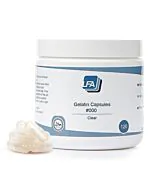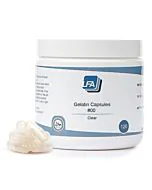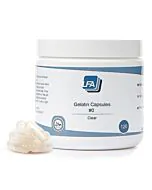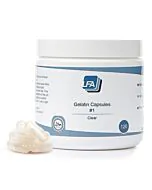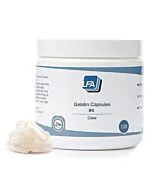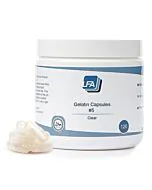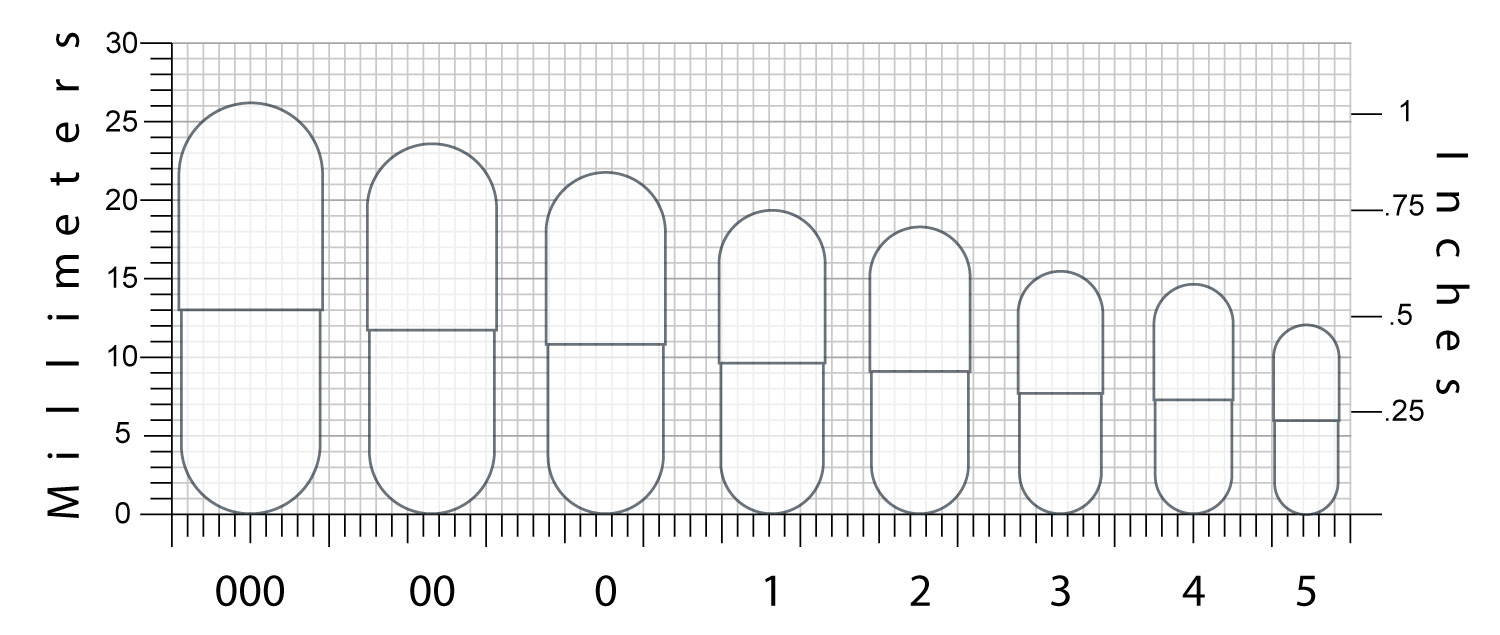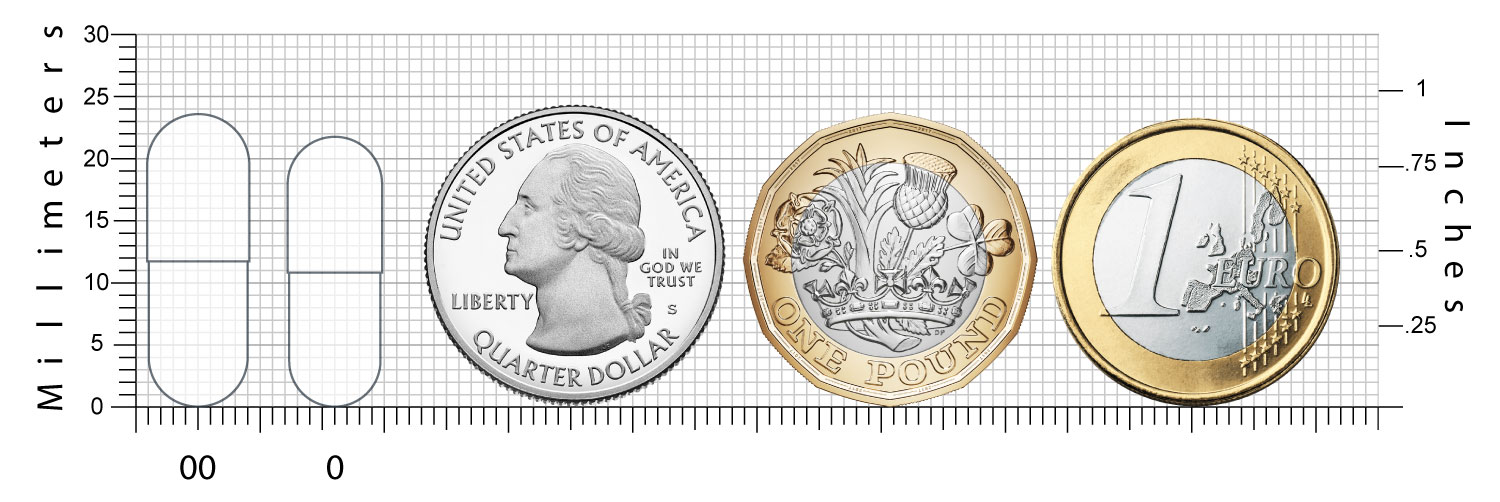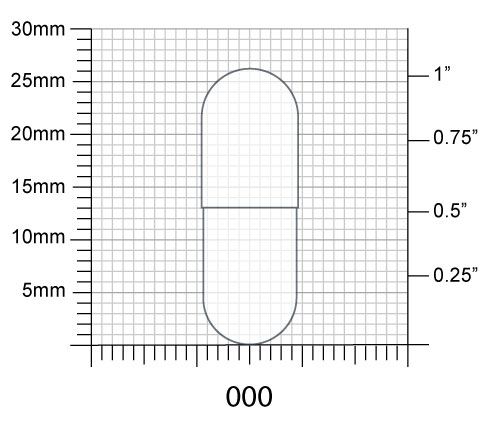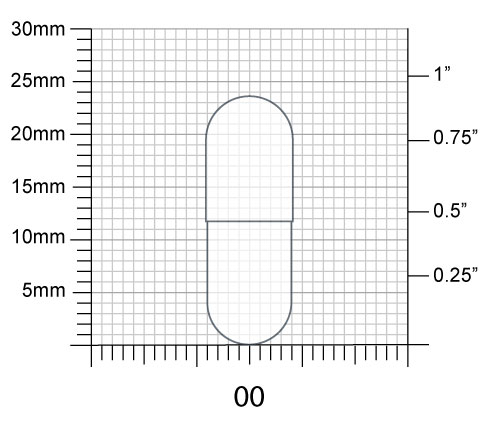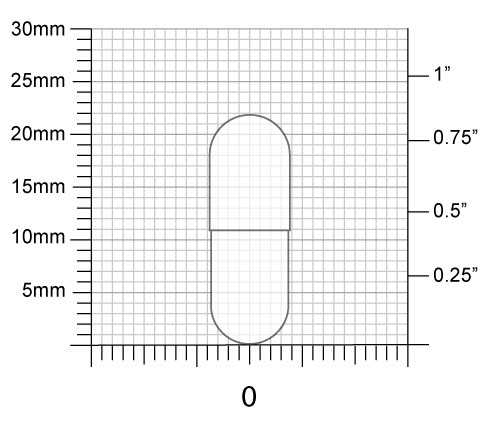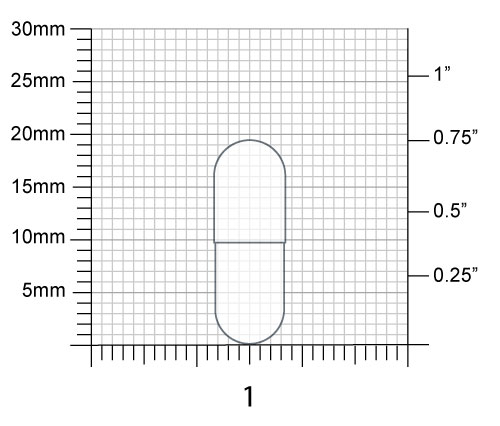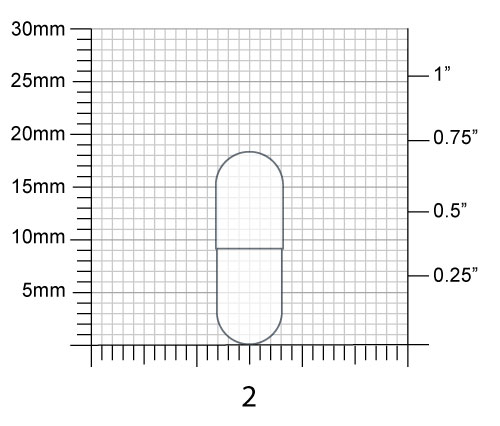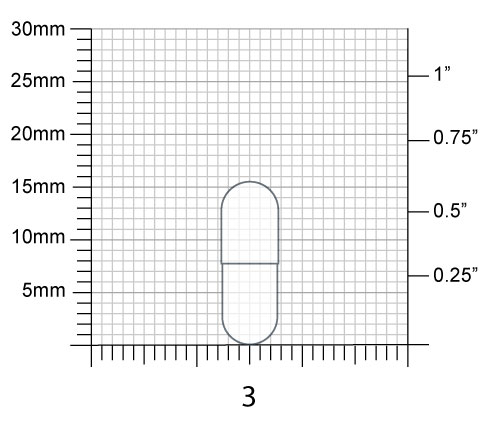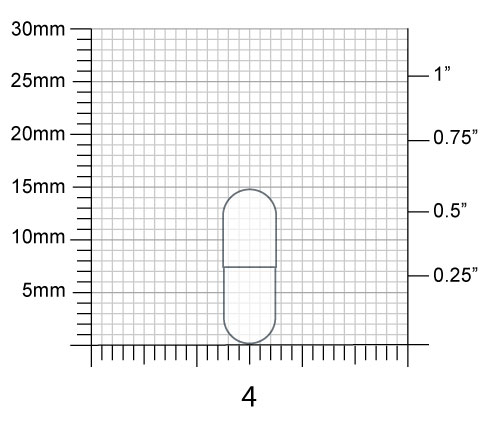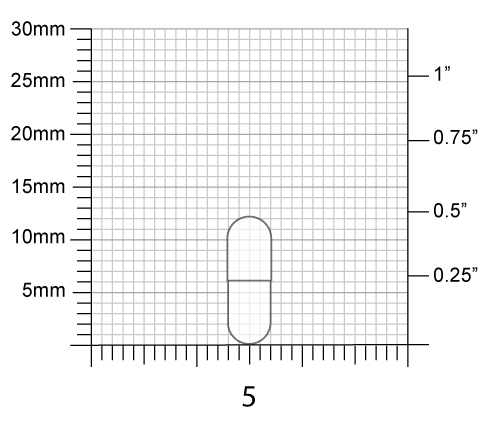Factors to Consider
When choosing a suitable size of capsule for your purposes there is a balance between the:
Type of capsule being used
Required dosage
The required dosage comes down to how much of the active ingredient or ingredients is necessary for the
product to be
effective. You will need to decide how much of a dose you would like to be in each capsule e.g. 1000mg of
Vitamin
C
This will then be combined with excipients to help the product flow through the machine. Once mixed this is
known as
a “mix”.
You will need there to be the correct dose of ingredient within the mix in each capsule. If there is too much
for one
capsule you can either try to fit the powder in one capsules or you may want to consider spreading the
dose
over multiple capsules. E.g. rather than 1 #000 capsule splitting it over 3 #00.
Volume of the Mix
The volume of the mix will depend on the bulk density of the powders that make up your mix. We have a tool
and guide
on bulk density to help calculate the bulk density of your mix.
You need to know the bulk density of your mix so that you can work out how much active ingredient ends up in
each
capsule. It may result in you having to alter your mix slightly or spread the dose over more than one
capsule.
Ease of Swallowing
Sometimes the sizes can be selected simply by the physical size of the capsule. For example when choosing a
capsule
for a child or an animal who might not be able to swallow larger capsules.
The reason that size 00 and size 0 are the most commonly used capsules in manufacturing is that they have
adequate
volume for a lot of mixes as well as being easy for humans to swallow.
Type of Capsule
Certain capsules such as Pullulan are only available in certain sizes. Determining the type of capsule you
would like
to produce may dictate your choice.
We have created this table to show the different capsules available for Gelatin, HPMC and Pullulan.
| Capsule Type |
#000 |
#00 |
#0 |
#1 |
#2 |
#3 |
#4 |
#5 |
| Gelatin |
✔ |
✔ |
✔ |
✔ |
✔ |
✔ |
✔ |
✔ |
| HMPC |
✔ |
✔ |
✔ |
✔ |
✔ |
✔ |
✔ |
✔ |
| Vegetable |
✘ |
✔ |
✔ |
✔ |
✘ |
✘ |
✘ |
✘ |


